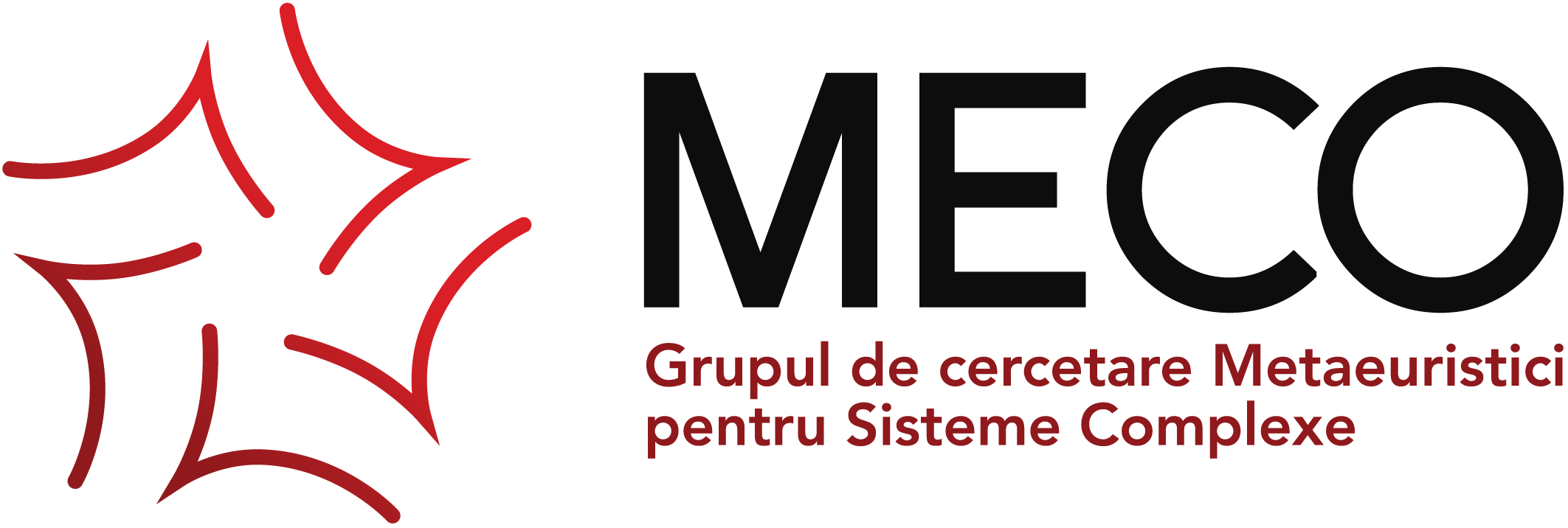Abstract
Extending and optimizing cellular automata to handle 3D volume segmentation is a non-trivial task. First, it does not suffice to simply alter the cell neighborhood (be it von Neumann or Moore), and second, going from 2D to 3D means that the number of operations increases by an order of magnitude, thus GPU acceleration becomes a necessity, advantage inherent to cellular automata approaches. When discussing 3D medical imagistics, we mean that the entire stack of slices from a certain sequence within an acquisition is stored as a single entity. This, in turn, enables us to accurately segment whole volumes in a single run, which would otherwise need per-slice segmentation followed by a stitching post-process. This paper focuses mainly on a thorough benchmark analysis of the 3D Unsupervised Grow Cut technique. We discuss algorithm speed of convergence, stability and behavior with respect to global meta-parameters such as segmentation threshold, keeping track of output quality metrics as the algorithm unfolds. Our end goal is to segment the heart cavities from cardiac MRI and to yield an interactive 3D reconstruction which can be easily handled and analyzed by the radiologist.
Citare
Marinescu, A., Balint, Z., Dioşan, L., Andreica, A., Unsupervised and Fully Autonomous 3D Medical Image Segmentation based on Grow Cut, SYNASC 2018, 2018, 401-408
https://doi.org/10.1109/SYNASC.2018.00068
